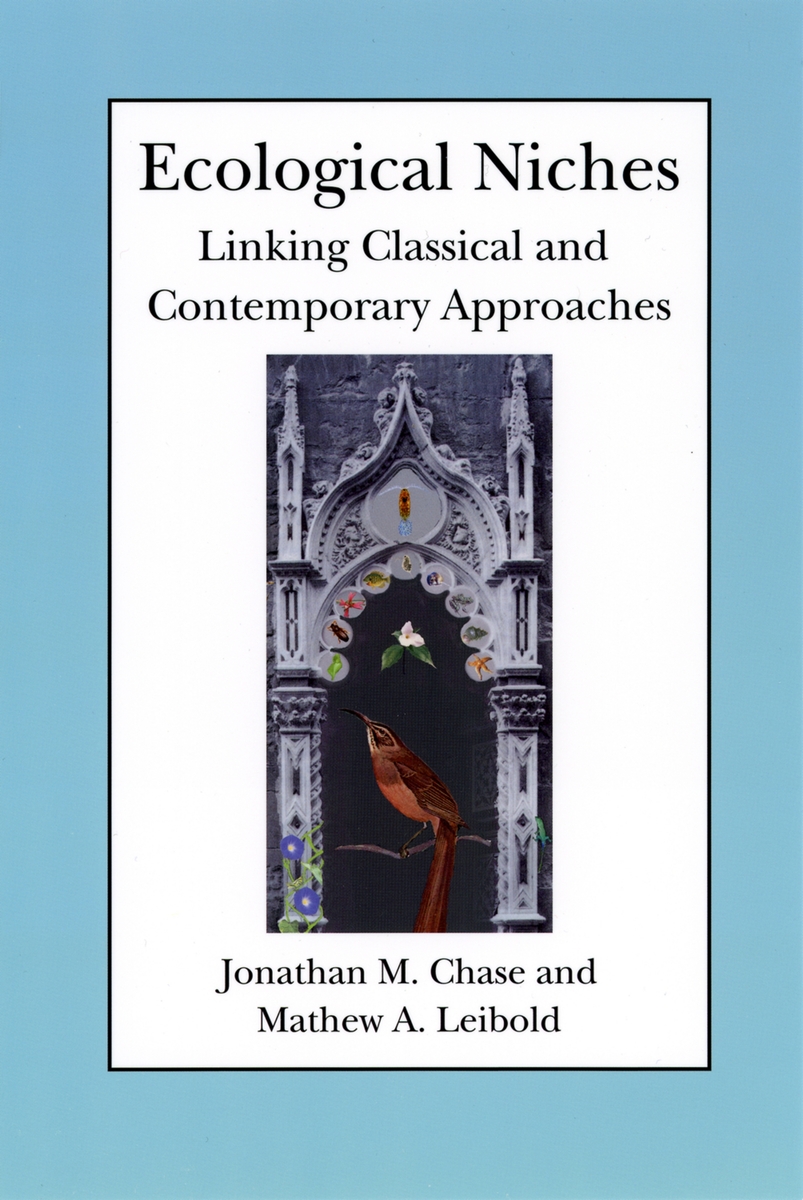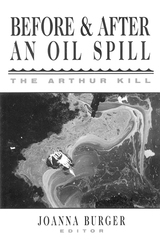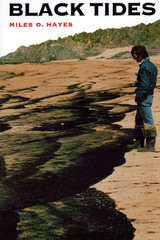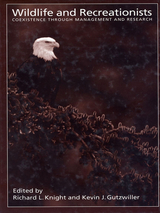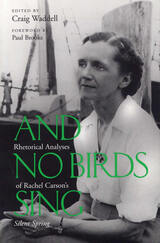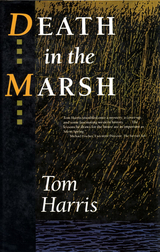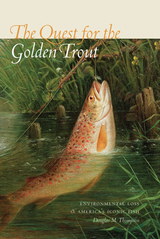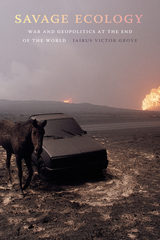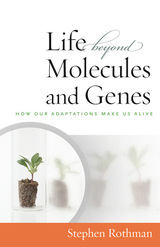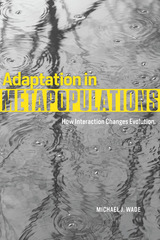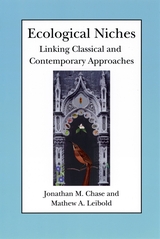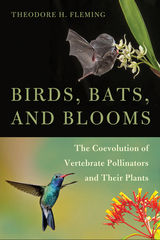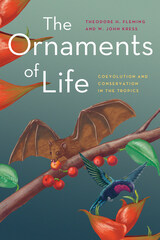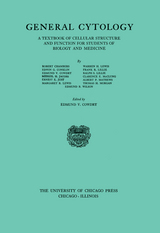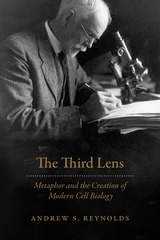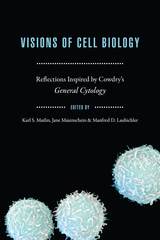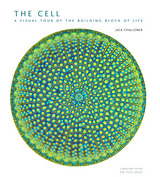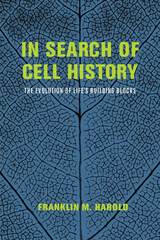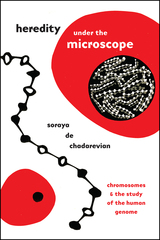Ecological Niches: Linking Classical and Contemporary Approaches
University of Chicago Press, 2003
Cloth: 978-0-226-10179-8 | Paper: 978-0-226-10180-4 | eISBN: 978-0-226-10181-1
Library of Congress Classification QH546.3.C53 2003
Dewey Decimal Classification 577.82
Cloth: 978-0-226-10179-8 | Paper: 978-0-226-10180-4 | eISBN: 978-0-226-10181-1
Library of Congress Classification QH546.3.C53 2003
Dewey Decimal Classification 577.82
ABOUT THIS BOOK | AUTHOR BIOGRAPHY | REVIEWS | TOC | REQUEST ACCESSIBLE FILE
ABOUT THIS BOOK
Why do species live where they live? What determines the abundance and diversity of species in a given area? What role do species play in the functioning of entire ecosystems? All of these questions share a single core concept—the ecological niche. Although the niche concept has fallen into disfavor among ecologists in recent years, Jonathan M. Chase and Mathew A. Leibold argue that the niche is an ideal tool with which to unify disparate research and theoretical approaches in contemporary ecology.
Chase and Leibold define the niche as including both what an organism needs from its environment and how that organism's activities shape its environment. Drawing on the theory of consumer-resource interactions, as well as its graphical analysis, they develop a framework for understanding niches that is flexible enough to include a variety of small- and large-scale processes, from resource competition, predation, and stress to community structure, biodiversity, and ecosystem function. Chase and Leibold's synthetic approach will interest ecologists from a wide range of subdisciplines.
Chase and Leibold define the niche as including both what an organism needs from its environment and how that organism's activities shape its environment. Drawing on the theory of consumer-resource interactions, as well as its graphical analysis, they develop a framework for understanding niches that is flexible enough to include a variety of small- and large-scale processes, from resource competition, predation, and stress to community structure, biodiversity, and ecosystem function. Chase and Leibold's synthetic approach will interest ecologists from a wide range of subdisciplines.
See other books on: Contemporary Approaches | Ecology | Leibold, Mathew A. | Life Sciences | Nature
See other titles from University of Chicago Press
